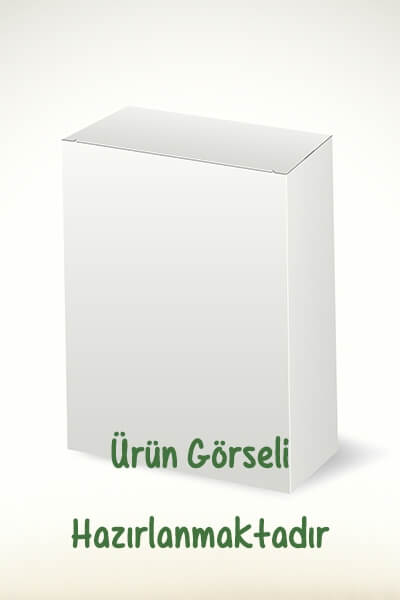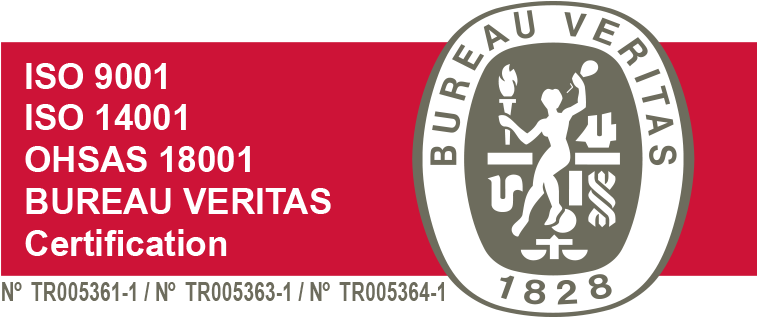Mangabor
Product Certificate and Label
| Product Name | : MANGABOR |
| Type | : Mixture of micro plant nutrient substances |
| Guarenteed Content | : % w/w |
| Water Soluble Manganese (Mn) | : % 11 |
| Water Soluble Boron (B) | : % 0,5 |
Market Presentation: 1 KG
CHARACTERISTICS OF THE PRODUCT AND EFFECTS ON THE PLANT
MANGABOR, is a fertilizer containing micro plant nutrient complex components with LPCA in suitable proportions. Thanks to its micronized formulation, it is 100 % soluble in water. So that the micro elements could be absorbed in a regular way by the plants, they have been rendered complex with Lignin Polycarboxylate. It can be safely used, even during blossoming period by dripping irrigation system or by leaf. The following substances contained in the product have different actions:
MANGANESE:
*Together with the iron, it helps in the formation of the plant chlorophyll.
*It plays an important role in the breathing process by photosynthesis and in particular in the breaking in pieces of the carbohydrates.
*It plays a role as enzyme activator. If there is not manganese enough in the plants, the transformation of amino acids stops or falls at a very low level.
*It is necessary in the synthesis of protein and some amino acids.
*It takes part in the formation of sugars in the plant.
BORON:
*It is necessary to ensure the formation of the cell wall, the cohesion of cell membrane and absorption of calcium.
*It regulates the hormonal process, water connections, cell division, fruit set, pollen germination, blossoming in plants.
| USAGE AREA, USAGE METHOD, USAGE PERIOD AND USAGE AMOUNT | |||
| USAGE AREA | USAGE PERIOD | FORM AND AMOUNT OF USAGE | |
| LEAF | SOIL | ||
| All Greenhouse Vegetables (Tomato, Pepper, Eggplant, Cucumber etc) | 3-4 applications from planting to harvest. | 200 - 250 g per 100 L of water | 1 - 1,5 kg/da |
| All Open-Field Vegetables (Tomato, Pepper, Eggplant, Cucumber etc) | 2-3 applications from planting to harvest. | 200 - 250 g per 100 L of water | 1 - 1,5 kg/da |
| All Winter Vegetables (Lettuce, Grass, Leek, Spinach, Iceberg Lettuce, Cabbage) | 2-3 applications from planting to harvest. | 200 - 250 g per 100 L of water | 1 - 1,5 kg/da |
| Vine Cultivation, Strawberry and Cut Flowering | It is applied during and post foliage period, until the end of the harvest. | 150 - 200 g per 100 L of water | 1 - 1,5 kg/da |
| Melon, Watermelon, Zucchini | 2-3 applications from planting to ripening. | 150 - 200 g per 100 L of water | 1 - 1,5 kg/da |
| Potato, Onion, Turnip, Carrot, Garlic | 2-3 applications from planting to ripening. | 150 - 200 g per 100 L of water | 1 - 1,5 kg/da |
| Apple, Pear, Cherry, Cherry, Apricot, Almond, Hazelnut, Walnut, Peach, Pistachio etc | With drip irrigation, every period and frequently needed from the beginning of flowering to the harvest. Foliar application is applied 2-3 times after fruit set time | 250 - 300 g per 100 L of water | 1,5 - 2 kg/da |
| Citrus, Banana, Olive, Kiwi, Pistachio, Fig, Walnut | It is applied pre-bloom and postemergence with an interval of 15 days. | 250 - 300 g per 100 L of water | 1,5 - 2 kg/da |
| All Industrial Crops (Corn, Sunflower, Tobacco, Cotton, Peanut) | After the second hoe, it is applied from the soil with each irrigation water and from the leaf once in twenty days. | 150 - 200 g per 100 L of water | 0,5 - 1 kg/da |
| All Legumes (Chickpeas, Lentils, Soybeans, Beans, Broad Beans, Black-eyed Peas) | After the second hoe, it is applied from the soil with each irrigation water and from the leaf once in twenty days. | 150 - 200 g per 100 L of water | 0,5 - 1 kg/da |
| All field crops (Wheat, barley, rye, rice etc.) | During tillering and stem formation periods in field crops. | 150 - 200 g per 100 L of water | 0,5 - 1 kg/da with sprinkler |
| Green Fields and Forage crops (sainfoin and vicia sativa etc) | One week after each period in forage crops and green fields. | 150 - 200 g per 100 L of water | 0,5 - 1 kg/da with sprinkler |



